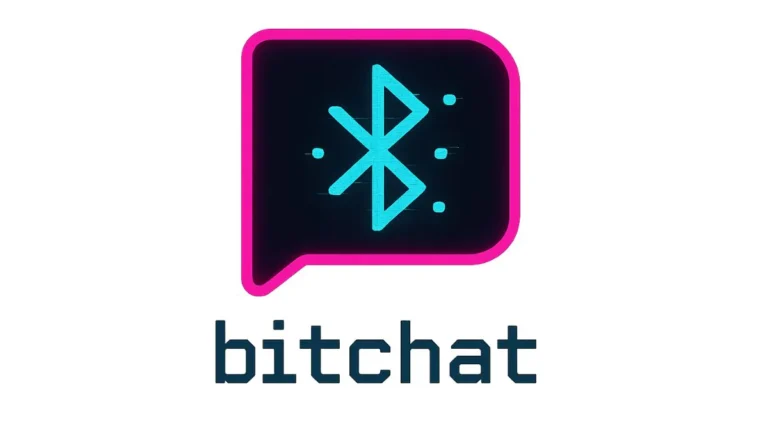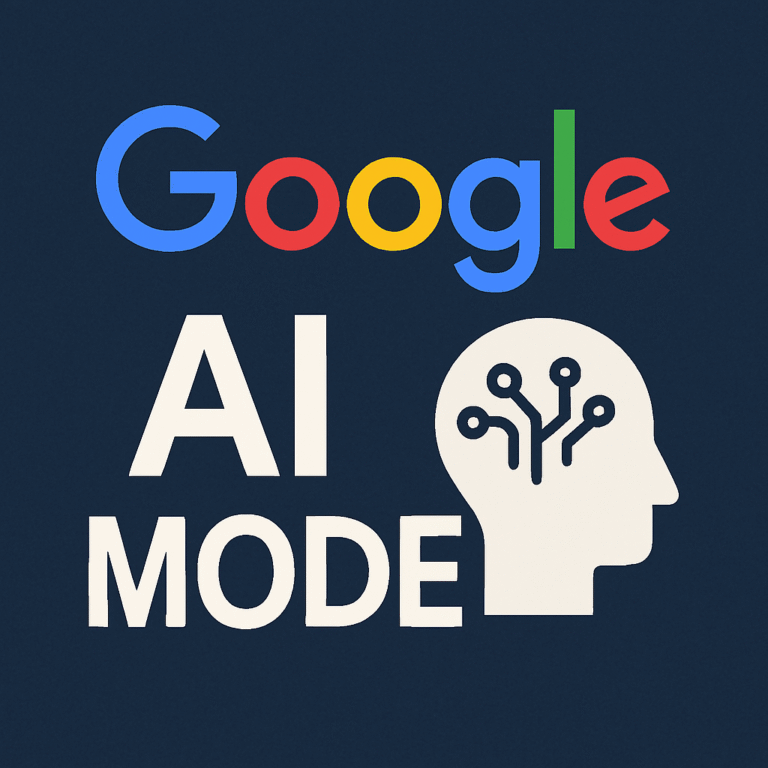Napster sold to tech startup for $207M—and yep, it’s the twist absolutely no one saw coming. The platform that once tore the music industry apart, sparked endless lawsuits, and helped shape the future of streaming, has been acquired yet again. Only this time, it’s not a fading legacy buyout. It’s a calculated move by a bold tech startup looking to disrupt the industry all over again.
So what’s the deal with Napster in 2025? Who’s behind this massive acquisition? And more importantly, what’s next?
Let’s unpack the juicy details.
1. Napster: From Villain to Underdog Icon
Before we get into the shiny new deal, let’s rewind a bit.
Launched in 1999 by two teenagers (Shawn Fanning and Sean Parker), Napster kicked off a music revolution. It let people share MP3s freely and the music industry lost its mind. Lawsuits rained down and the platform was eventually shut down in 2001.
But the brand never really died.
Over the years, Napster passed hands like a hot mixtape: from Roxio, to Best Buy, to Rhapsody, and then to MelodyVR. Every new owner had dreams of reviving the Napster name, but none really cracked the code.
Now, a startup is betting $207 million that they finally will.
2. The Deal: Napster Sold to Tech Startup for $207M
Here’s what we know: a stealthy but fast-growing tech startup named Audiosphere has officially bought Napster for a massive $207 million cash-and-stock combo.
Audiosphere, founded in 2021 and based in Austin, Texas, has been quietly building a next-gen audio ecosystem—mixing AI music discovery, social listening rooms, and blockchain-based artist payments. Think Spotify meets Clubhouse meets Web3, but less buzzwords and more user-focused execution.
Why Napster? According to Audiosphere CEO Maya Lin (a former Apple Music exec), it’s all about brand power and building on nostalgia—but with brains.
“Napster still holds massive cultural weight. Everyone from Gen X to Gen Z knows the name. We’re giving it a second life—one that’s artist-first, creator-powered, and built for the streaming era we’re living in now.”
Big words. Bold move.
3. Audiosphere’s Master Plan: Reinvent Streaming, Not Just Rebrand It
This isn’t your average rebranding stunt. Audiosphere isn’t just slapping the Napster logo on an app and calling it a day. They’ve got an actual plan—and it’s kind of brilliant.
Here’s what they’re rolling out:
- Napster 3.0 App: A totally redesigned streaming platform with AI-curated playlists, spatial audio rooms, and real-time fan interaction tools.
- Creator Tools: Artists will have access to full dashboards that track engagement, fan reach, and streaming revenue in real-time. No more mysterious payouts or shady metrics.
- NFT-Free Web3 Integration: Don’t worry, they’re not forcing NFTs down anyone’s throat. But they are using blockchain tech to make artist royalties faster and more transparent.
- Social Music Rooms: Think live listening parties with fans and artists, with optional tipping and merch drops built in.
Basically, they’re trying to make streaming fun again—and fair.
4. Why Napster Still Has Juice in 2025
Let’s be honest: Napster hasn’t exactly been a household name for a while. So why the $207M price tag?
Turns out, there’s still some serious value in the brand:
- Legacy Recognition: The name Napster still sparks curiosity. It’s legendary. It feels rebellious, nostalgic, and powerful.
- Global Licensing: Napster still holds long-standing licensing deals with major record labels in over 30 countries. That’s a goldmine for any streaming startup trying to scale fast.
- Existing User Base: It may be small, but it’s loyal. Napster still has around 800K monthly active users, mostly in Europe and South America.
- Tech Stack: The backend tech powering Napster is surprisingly solid—and saves Audiosphere years of dev time.
So in startup speak: it’s not just a brand buy, it’s an acceleration strategy.
5. The Streaming Wars Just Got More Interesting
Spotify, Apple Music, Amazon Music, YouTube Music… you’d think the field is too crowded already.
But here’s the twist: none of them are innovating socially. Most platforms are stuck in “listen alone, pay a subscription, hope the algorithm gets you” mode.
Audiosphere’s Napster aims to change that with:
- Shared listening experiences
- Creator-fan interactions
- Micro-monetization for indie artists
- Real community vibes—not just passive listening
This is something Spotify has tried to do with social playlists and failed attempts at live audio. Napster could beat them at their own game if they move fast and smart.
6. What Artists Think: Hope or Hype?
The early buzz from indie artists is actually positive.
One UK-based electronic artist tweeted:
“I made $19 from 140k streams last month. If Napster’s revamp means real payouts + fan interaction, I’m in.”
The key appeal? Napster’s rumored 70/30 rev split—in favor of artists—which would blow Spotify’s average-per-stream payout out of the water.
There’s also word that artists will get access to fan data, custom promo tools, and even voting power on platform features.
If true, that’s a game changer.
7. What’s Next for Napster? The 6-Month Rollout Plan
Audiosphere isn’t wasting time. Here’s what they’ve got lined up:
- Q2 2025: Soft launch of Napster Beta with curated creators, artists, and VIP users
- Q3 2025: Global launch of Napster app (iOS, Android, Web)
- Q4 2025: Integration of creator tools, merch store, and social monetization features
They’re also teasing live events, AR-powered music experiences, and deep partnerships with indie labels and collectives.
8. Can Napster Really Compete in 2025?
It’s not going to be easy.
Spotify owns 31% of the market. Apple has the hardware ecosystem. YouTube has the Gen Z crowd.
But here’s the thing: all of them feel kind of stale right now.
None of the big names are focused on community, artist empowerment, or rethinking the way we experience music.
If Napster pulls off even half of what it’s planning, it could carve out a serious niche—especially with younger users and indie creators who are tired of streaming being a black hole for revenue.
9. Final Thoughts: A Risky Bet, But a Bold One
Napster sold to tech startup for $207M—and honestly? It might just be the comeback story we didn’t know we needed.
It’s risky. It’s ambitious. And it’s got a lot of people rolling their eyes.
But that’s exactly what people said when Spotify launched. When TikTok showed up. When SoundCloud blew up.
Napster’s not trying to beat the giants at their own game—it’s trying to rewrite the rules. And if there’s any brand with the guts (and legacy) to pull it off… it might just be this one.
Summary:
- Napster was bought by tech startup Audiosphere for $207 million
- The deal includes Napster’s brand, users, tech, and global licensing rights
- Audiosphere plans to reinvent music streaming with artist-first tools, real-time fan engagement, and social audio features
- The comeback is risky—but exciting, and it could shake up a very stale streaming landscape







